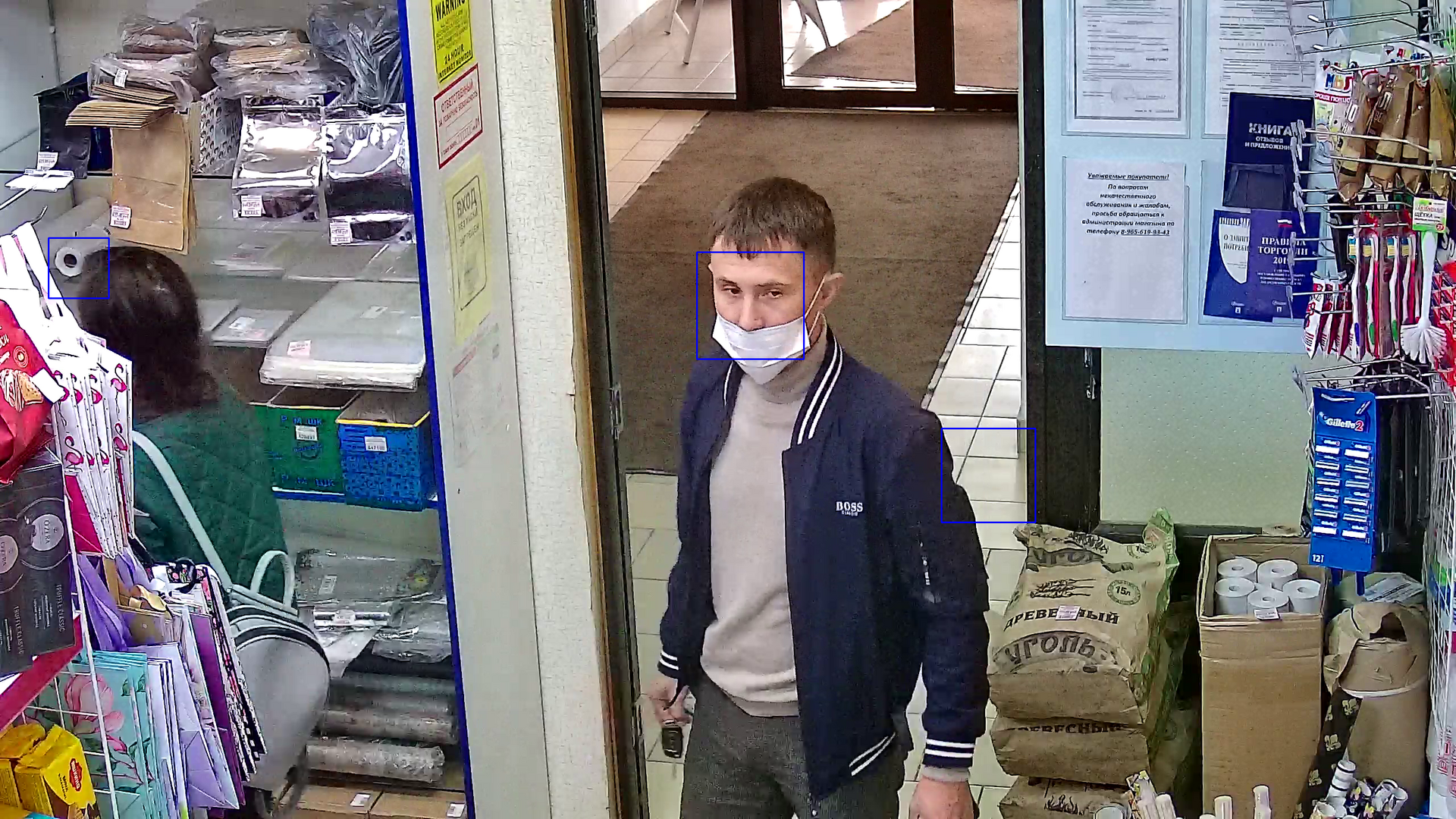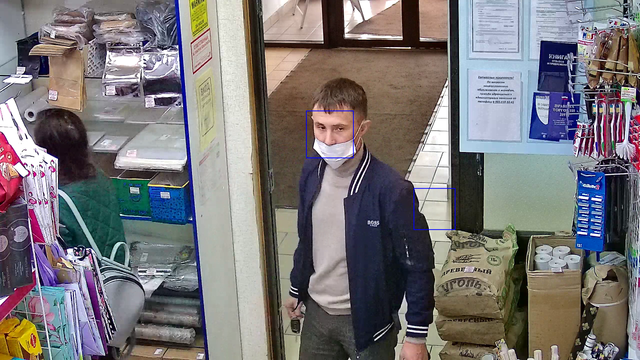Answer the question
In order to leave comments, you need to log in
How to set face detection parameters in OpenCV?
There was such a problem that a face recognition script was written for the webcam, and the same script does not work for the ip camera ( it works, but does not detect faces ).
The first steps to solve this problem is to change the resolution, as it was 640x480p on the webcam, and 1280x720p or fullHD on the ip camera.
there is not much difference, all the same, the window opens in a large window, which even does not fit on the monitor.
read about faceCascade.detectMultiScale, and that there are several parameters such as scaleFactor, minNeighbors, minSize. From this I could understand that for the cascade you can increase something, you can adjust the distance between adjacent elements, the minimum window for face recognition.
The source code itself:
cam = cv2.VideoCapture("rtsp://имя юзера@ip.add.re.ss/mpeg4?username=имя юзера&password=пароль в MD5") #redacted
# cam.set(3, 640) # set video widht
# cam.set(4, 480) # set video height
cam.set(3, 1280) # set video widht
cam.set(4, 720) # set video height
state = True
is_start = open(projectpath+"/state.log")
state_for_start = is_start.readline()
if state_for_start == "0":
state = True
print("Запускаем скрипт")
else:
state = False
print("отредактируйте state.log")
is_start.close()
while state:
is_start = open(projectpath+"/state.log")
state_for_start = is_start.readline()
if state_for_start == "0":
state = True
# print("Запускаем скрипт")
else:
state = False
print("отредактируйте state.log")
is_start.close()
ret, img =cam.read()
gray = cv2.cvtColor(img,cv2.COLOR_BGR2GRAY)
faces = faceCascade.detectMultiScale(
gray,
scaleFactor = 1.2,
minNeighbors = 5, # origin
minSize = (100, 100) # not origin
)
for(x,y,w,h) in faces:
cv2.rectangle(img, (x,y), (x+w,y+h), (0,255,0), 2)
id, confidence = recognizer.predict(gray[y:y+h,x:x+w])
if (confidence < 100):
id = names[id]
confidence = " {0}%".format(round(100 - confidence))
else:
id = "unknown"
confidence = " {0}%".format(round(100 - confidence))
# ---> можно тыкнуть функцию сюда
cv2.putText(img, str(id), (x+5,y-5), font, 1, (255,255,255), 2)
cv2.putText(img, str(confidence), (x+5,y+h-5), font, 1, (255,255,0), 1)
# Самообучение
# ------------------------------------------------------------------------------------------------
if True:
if id not in enterings:
enterings.append(id)
if id not in names:
face_id=len(names)
count += 1
cv2.imwrite(path+"/User." + str(face_id) + '.' + str(count) + ".jpg", gray[y:y+h,x:x+w])
if count > count_of_shots:
restudying()
names.append("User."+str(face_id))
recognizer.read(projectpath+'/trainer/trainer.yml')
f = open(projectpath+"/enterings.log", "a")
count=0
f.write(str(face_id)+" User"+str(face_id)+"\n")
f.close
with open(projectpath+"/names.log", "w") as file:
for name in names:
file.write(name + '\n')
cv2.imshow('camera',img)
k = cv2.waitKey(10) & 0xff # Press 'ESC' for exiting video
if k == 27:
break
cam.release()
cv2.destroyAllWindows()


Answer the question
In order to leave comments, you need to log in
UPD: I realized that you can change the scaleFactor and get a better result, it would be great if someone gave a hint in which direction to google to put the background layer, and the neuron would not try to pass off parts of the landscape as a face
Didn't find what you were looking for?
Ask your questionAsk a Question
731 491 924 answers to any question